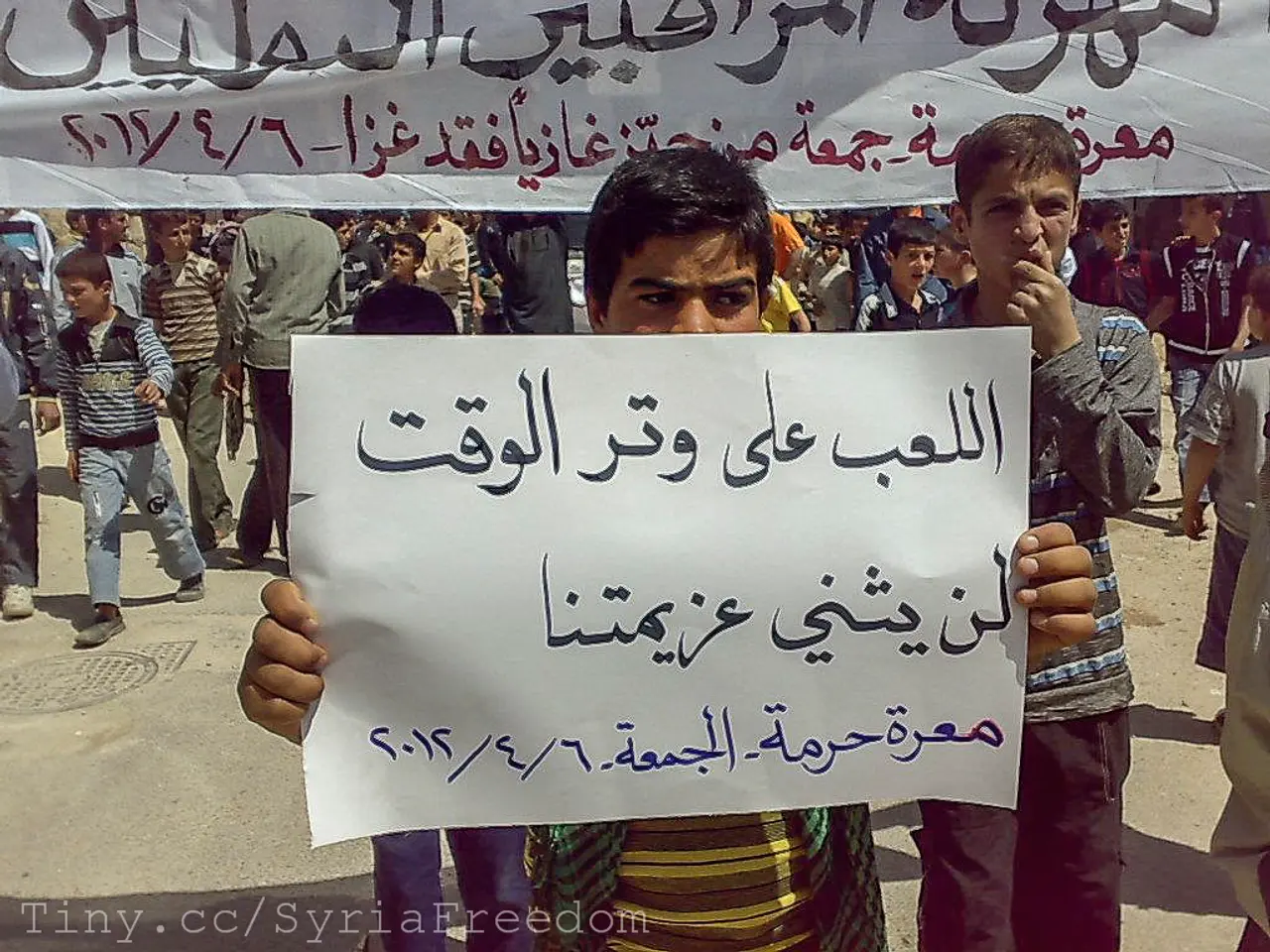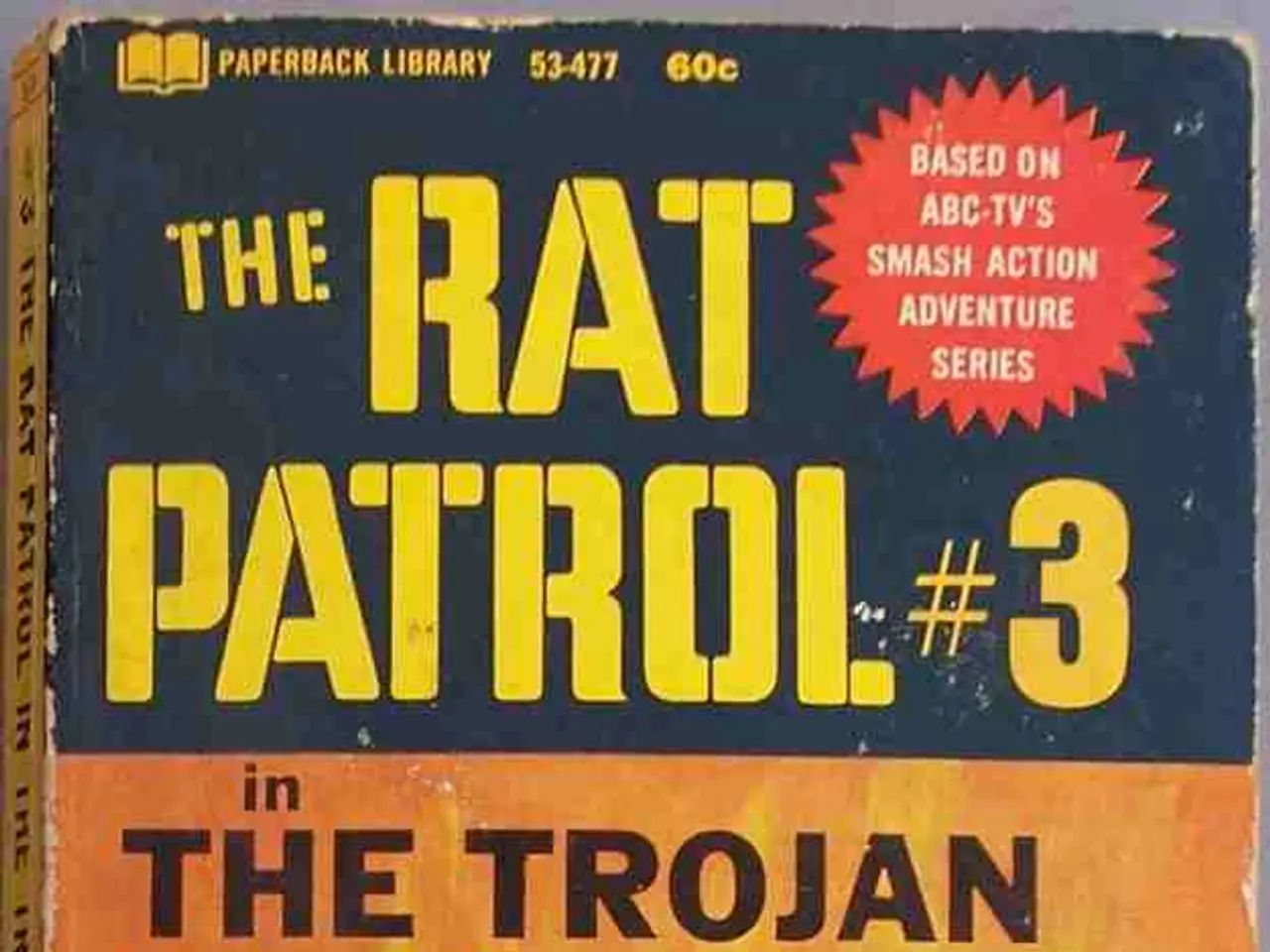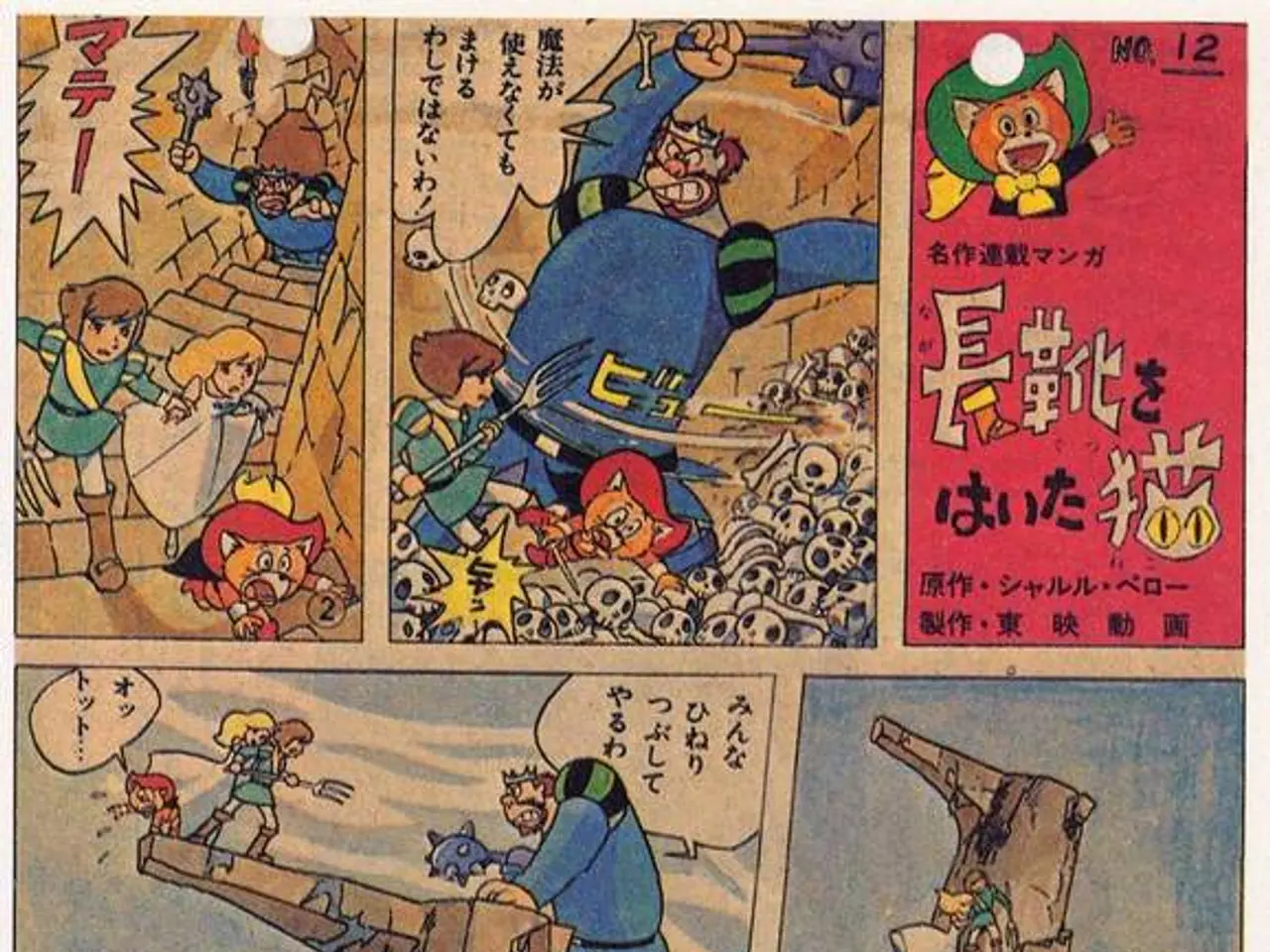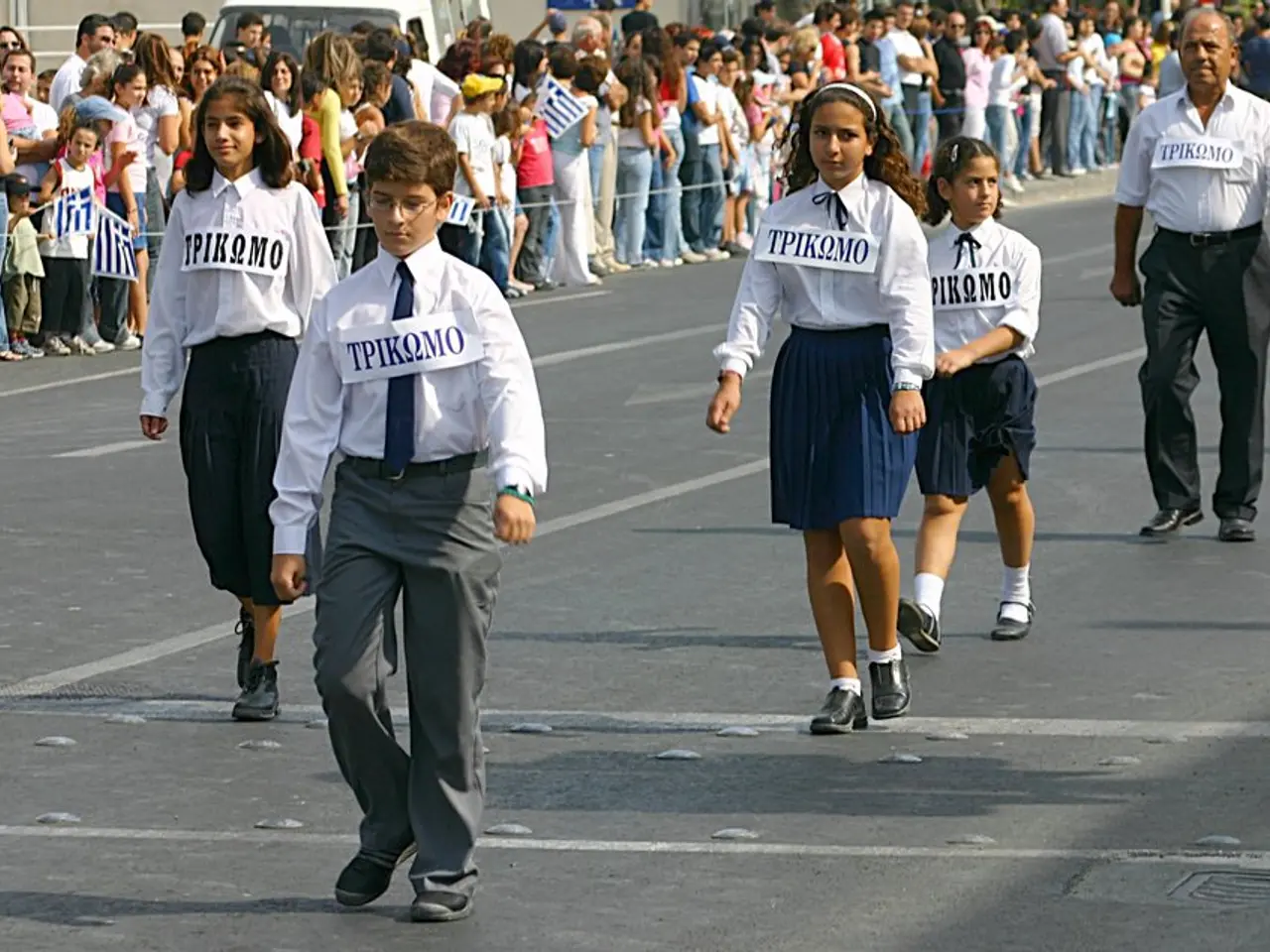Deteriorating conditions in Gaza as gang violence, gunfire persist, preventing humanitarian aid from reaching the most vulnerable
Crisis in Gaza: Aid Distribution Disrupted by Violence and Israeli Restrictions
Aid distribution in the Gaza Strip is facing severe disruptions due to violence, looting, and restrictions imposed by Israeli authorities, leading to critical shortages and famine-like conditions.
Israeli restrictions, including the militarized and privatized aid delivery system managed by the Gaza Humanitarian Foundation (GHF), have disrupted the traditional UN-coordinated humanitarian response, preventing timely and impartial aid access.
Restricted Humanitarian Access
Israel has imposed severe limitations on aid delivery, allowing only limited, heavily controlled aid convoys through crossings. This has impeded aid workers from reaching vulnerable populations, especially children and those with mobility issues.
Violence and Insecurity
Civilians seeking aid have been killed, and insecurity along convoy routes, fueled by the absence of public order and large crowds, has caused aid supplies to be looted or diverted by armed groups.
Dismantling of UN Systems
The UN humanitarian agencies, particularly UNRWA, have been blocked from operating since March 2025, undermining the established and trusted aid delivery system. This has resulted in nearly 1,400 deaths from starvation near aid sites and severe malnutrition among children.
Famine-like Conditions
Over half a million Palestinians in Gaza endure near-famine conditions, with widespread hunger and medical shortages worsened by restricted aid flow and the collapse of humanitarian systems.
Calls for Action
Humanitarian experts and the IRC demand open, large-scale, and consistent land crossings and the reestablishment of UN-led aid coordination as necessary steps to prevent starvation, ensure civilian safety, and restore effective aid delivery in Gaza.
The Crisis on the Ground
Mohammad Abu Taha reported seeing thousands of hungry people waiting for aid near Rafah. Desperate crowds rush towards food convoys and aid drop sites. The GHF has only four distribution points for over two million inhabitants of Gaza, which the UN describes as a "death trap."
Accusations and Denials
Senior Israeli military officials have stated that Israel "never found proof" that Hamas had "systematically stolen aid" from the UN. However, the armed group called the Popular Forces, led by Yasser Abu Shabab, operating in the southern region under Israeli control, is widely accused of looting aid trucks.
The Israeli army is also accused of equipping Palestinian criminal networks in its fight against Hamas and allowing them to plunder aid. A humanitarian worker in Gaza stated that none of the criminal activities can happen in Gaza without the approval, at least tacit, of the Israeli army.
International organizations have condemned the restrictions imposed by the Israeli authorities on aid distribution in Gaza. During the ceasefire, the Gaza police helped secure humanitarian convoys, but the current power vacuum is fostering insecurity and looting.
World Food Programme (WFP) drivers have been instructed to let people help themselves to avoid disturbances. Nearly 1,400 Palestinians have been killed while waiting for aid since May 27, according to the United Nations.
Michael Milshtein, head of the Palestinian Studies Forum, stated that many members of the Popular Forces are implicated in "all kinds of criminal activities, drug smuggling, and things like that." The Israeli authorities acknowledged in June that they had armed Palestinian gangs opposed to Hamas.
In summary, the aid distribution crisis in Gaza is a result of Israeli-imposed restrictions, violence, and looting, leading to catastrophic humanitarian consequences including starvation and deaths among civilians trying to access aid.
- The United Nations and international organizations have strongly condemned the Israeli-imposed restrictions on aid distribution in Gaza, which have disrupted traditional humanitarian response efforts and led to critical shortages and famine-like conditions.
- The Gaza Strip, under Israeli control, is in a state of chaos, with armed groups commonly looting aid trucks and violence and insecurity disrupting the distribution of aid supplies.
- Reports suggest that the Israeli army has equipped Palestinian criminal networks in their fight against Hamas, allowing them to plunder aid and contribute to the general lawlessness in the region.
- United States and French foreign officials have criticized the Israeli government's handling of the crisis, calling for the immediate lifting of restrictions and the reinstatement of a UN-led aid coordination system to ensure effective aid delivery, prevent further starvation and deaths, and restore public order in Gaza.







